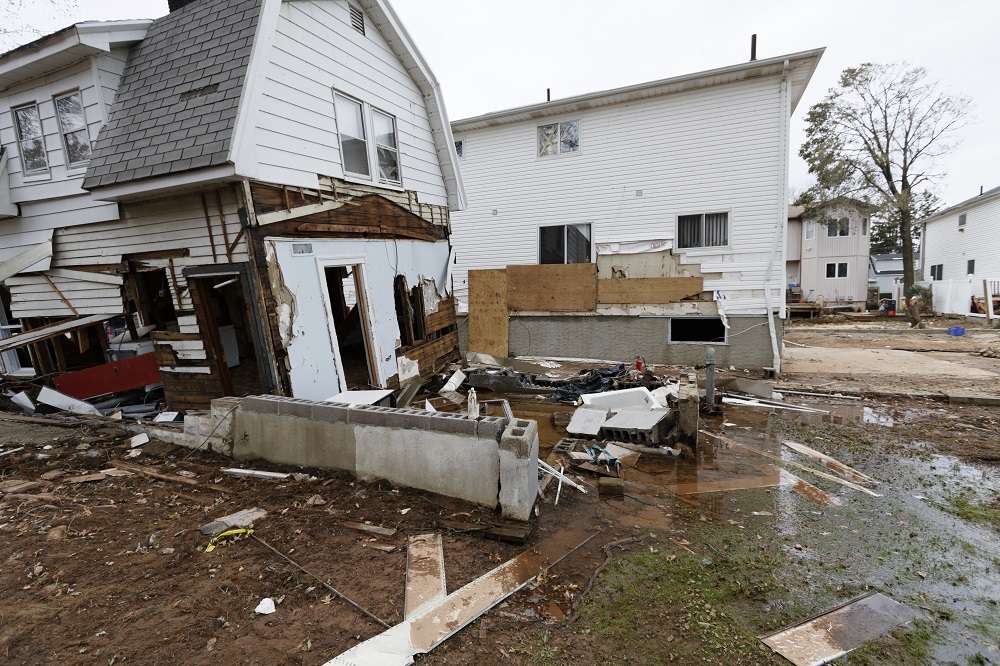Survivors are stuck staring at a chaotic mess in the wake of a strong storm. Some of the dreaded scenarios in the aftermath include damaged trees, devastated communities, submerged roads, and destroyed homes. For some, their homes become unrecognizable. Homeowners will start to get a sinking feeling that they will never be able to recover from the disaster. However, losing hope is not an option. To begin your road to recovery, here are a few tips to help you rebuild your home in the wake of a storm.
Avoid Panic
The house will suffer from a lot of damage following a storm. When the disaster ends, you are aware that you have to deal with a lot of major repairs. Homeowners need to figure out what they are going to fix by going into their properties. However, people ignore the dangers of dangling overhead electricity cables, contaminated floodwater, and unstable trees. Most injuries and deaths that occur after the hurricane happen because they rush to their homes without assessing the risks in their surroundings. Therefore, it is important not to panic.
Document and take pictures of the damaged areas. Watch out for debris that could collapse unexpectedly. Seek what you can repair and what needs to be taken care of by professionals. Panic will make you rush into accidents, which will add more stress to your road to recovery.
Stay Safe
Once you’ve assessed the damage, it is time to rebuild your home. But before starting your overhaul, make sure that the working environment is safe. The calm after the storm does not mean that you are safe from diseases and accidents.
Wearing gloves and safety gear is necessary to avoid contamination and harm. Taking note of power outage leakages and dangerous areas reduces the risk of accidents during repairs. Observing proper sanitation keeps you safe from catching an illness. It remains a risk to enter a home that received various damages. Avoid going into the property without proper safety procedures and equipment.
Rebuild Your Property

Once you’ve covered safety guidelines, it is time to go to work. Clear debris and subjugate flood. Volunteer in your local community to help repair damaged trees and weakened roads. Set aside unharmed equipment, furniture, and appliances. Figure out the ones that need fixing. Electricity will become a hazard as well, which is why you need to turn everything off. Hire an electrician to make sure that the area is safe.
It is also crucial to keep a home inventory. List the items you can save and the wastes you have to throw away. A full recovery from a powerful hurricane will take long, but it will feel like a fresh start.
Prepare for the Next Calamity
The horrifying experience of a strong storm is enough to convince anyone to prepare for the next calamity. First, bulk up on food storage and water supply. Storm-proofing your home like bolstering windows and doors is also a must. Replace walls that suffered from water damage. Lastly, prepare an emergency kit in case a life-threatening situation happens in the next storm. Map out exit points should another calamity threatens to destroy your home.
There are also a few tips to help you get ready for an upcoming storm. Preparation is the key to survival, but it alone cannot cover for your losses. Should another natural disaster hit your home, remember to protect it by buying home insurance.




